Celebrating 300-year-old Goswami Barir pujo of Serampore and its Danish influence
Indranil Halder is an entrepreneur living in Australia who is enthusiastic about preserving the heritage of Bengal
Just 30 km North of Kolkata across the Hooghly river, lies the Danish town of Serampore. This multicultural town has deep roots in Danish, British and Bengali history. Serampore was under the rule of King Frederik V of Denmark somewhat between 1755 and 1845. The Danes established a well-planned town under Governor Colonel Ole Bie and Serampore came under the Danish rule in 1777. Serampore College set up by the Christian Baptist Missionary in the year 1818. Just near the College is the Serampore Johnnagar Baptist Church founded in 1800 and the 230-year old Danish Tavern.
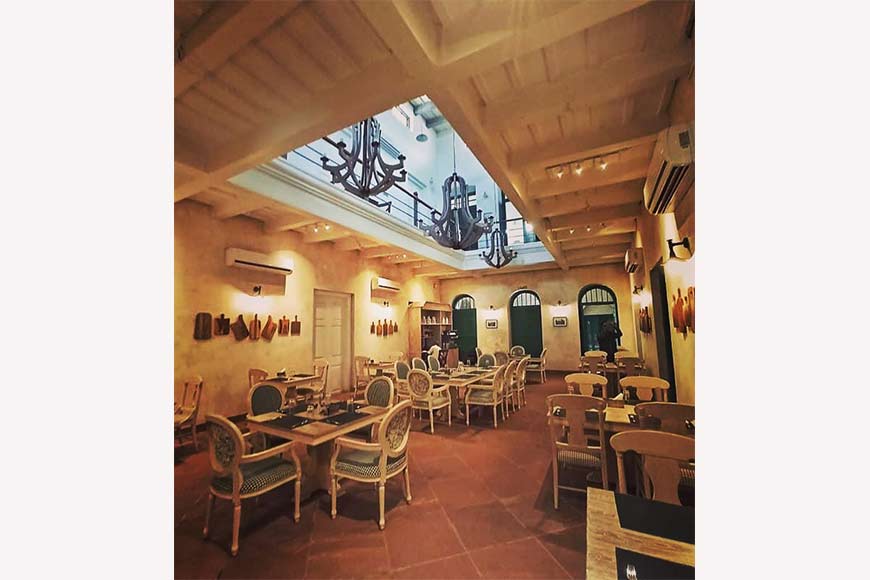 The Denmark Tavern
The Denmark Tavern
Along with these Danish structures, Serampore is also proud to have some of the finest old mansions of the wealthy Bengali merchants such as Goswami Rajbari. When the Danish found their factory in Serampore to be a losing concern and was looking for someone to sell their title of Serampore, the Goswami family offered to purchase it for the sum of Rs. 11,00,000! However, the Danes found this sum to be inadequate and ultimately sold their possessions to the East India Company in 1845, for 12,00,000.
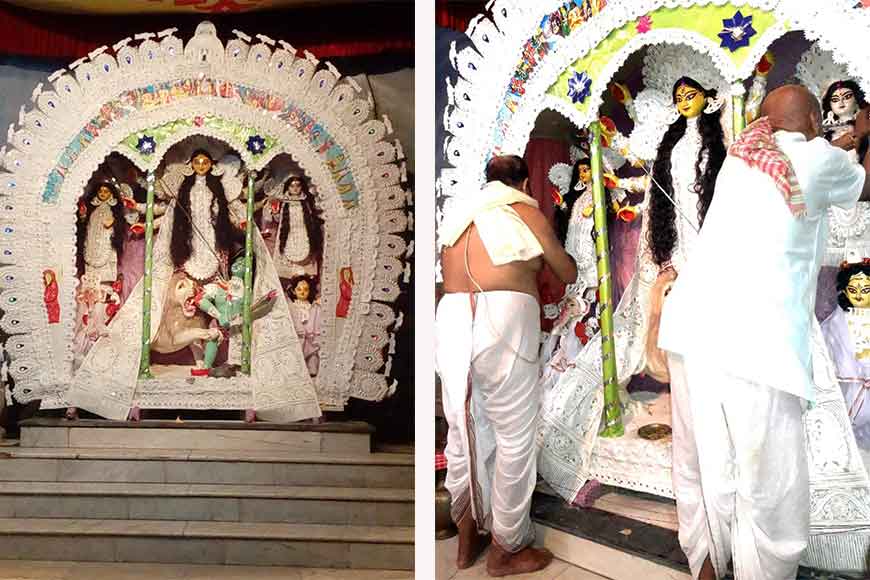 Durga Puja at Goswami Rajbari
Durga Puja at Goswami Rajbari
Once the Goswami Rajbari had been completed, the family deities, Radhamadhav Jiu (antiquated form of “Ji”, the suffix of respect) and Gopalji were transferred there. To this was added an “ashtadhatu” (eight metal) idol of Radharani by Goswami family. Raghuram Goswami was a Bania agent of the firm John Palmer & Co of Calcutta. He amassed a huge fortune and bought landed properties in the districts. Subsequently, as they became wealthier, the Goswamis acquired valuable property in Calcutta where they often resided for continuing higher studies or to pursue their careers.
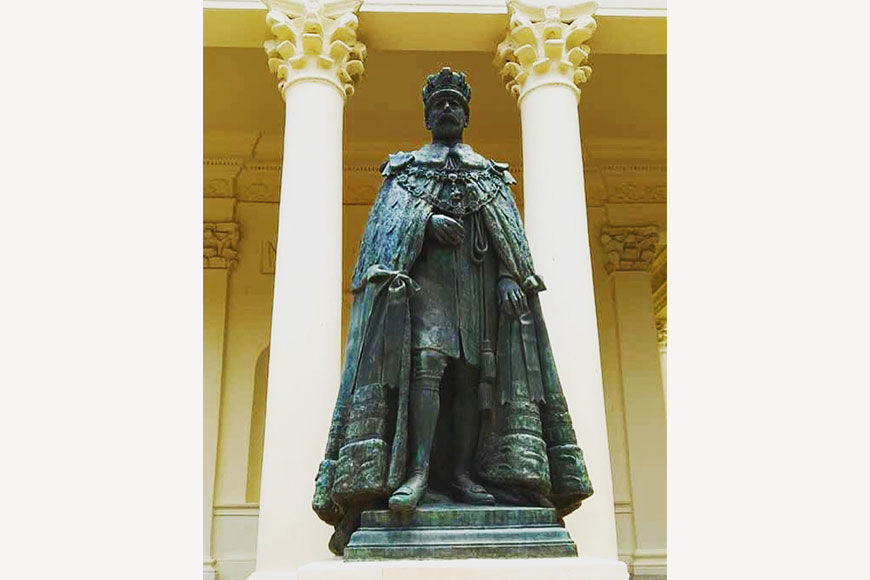 Ancient glory
Ancient glory
Goswami property includes “Chandni”, or “Naatmandir”, a covered courtyard, measuring 120 feet by 30 feet. The floor was covered in Chunar stone. For the rafters and beams on the roof, Sal wood was brought from Nepal. The Chandni was used for festive occasions, such as Durga Puja, Holi, and staging plays. On the occasion of Durga Puja, the Chandni was the venue for feeding 500 people at a time. The Goswami family at Serampore, Hooghly, has been worshipping ek chaala Durgas for over 300 years.
Other attraction in the area is 200-year-old classical style of Greco-Roman architecture Serampore College (1818) founded by the English missionaries William Carey, Joshua Marshman and William Ward. Since Denmark colonized Serampore at the time of the founding college , King Frederick VI , the king of Denmark issued Serampore college it's Royal charter of Incorporation on Feb 23, 1827 ( chapter 1 - 3 ) in Copenhagen, after a visit by Joshua Marshman to King in Aug 1826, and designated the Serampore Trio as members of the first council . And this chapter has also been confirmed by the Bengal Govt. Act IV of 1918.The council of Serampore college has a power to confer degrees in any subject which currently exercise only for theological degrees and has national and international affiliation Nepal , Bangladesh, Nepal and Srilanka. The Henry Martyn’s Pagoda and Jagannath Temple of Mahesh and Serampore’ s St Olave’s Church worth visiting.
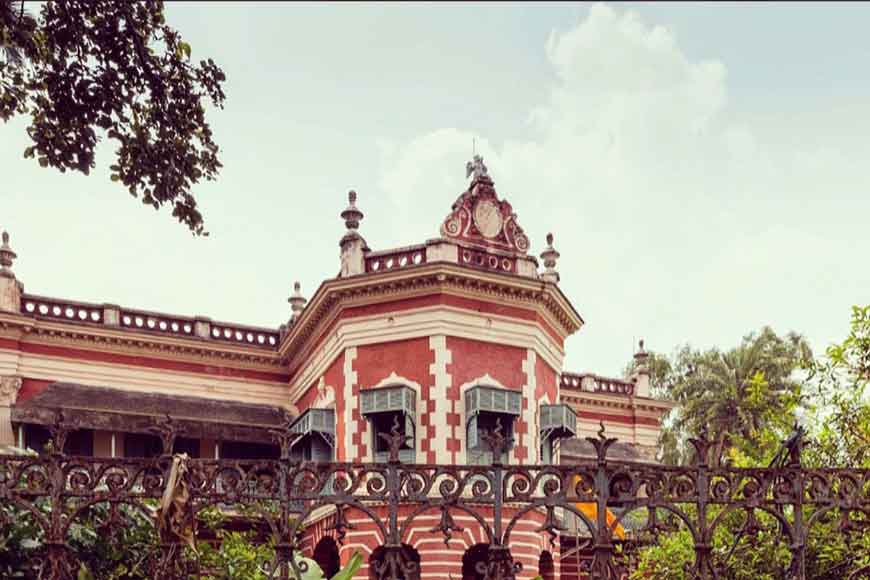 The grand architecture
The grand architecture
Not far from Serampore, is Barrakpore, with its Latbagan area, the Flagstaff House and recently conserved Police Museum are located. There are 12 British Raj statues, manicured garden and the very old Semaphore Tower as part of the Barrakpore heritage. And the eternal love story of Lord and Lady Canning or the unknown tales of the Honeymoon House, Lotus Fountain or even the elusive stories of Mangal Pandey can fill your days during the puja.
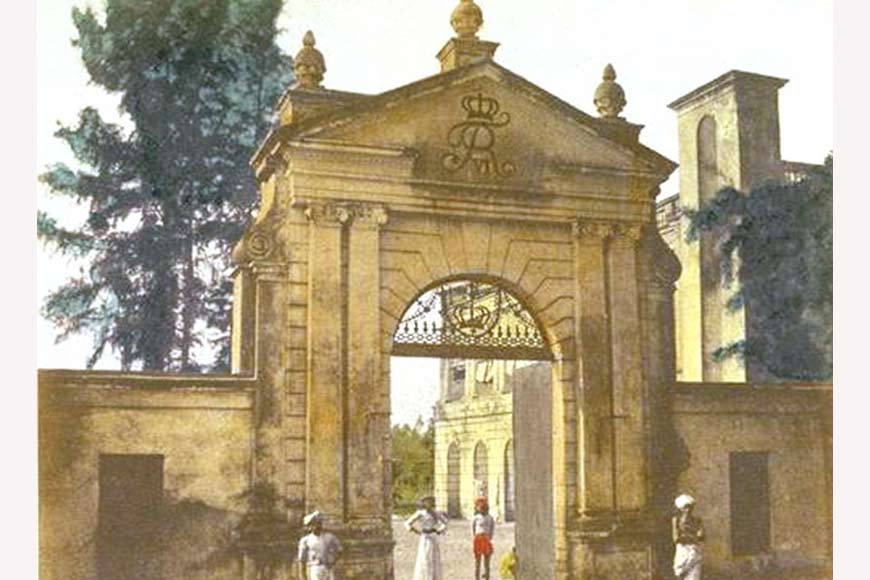 The Royal past
The Royal past
Marquess Wellesley was British Governor-General in Calcutta from 1797 to 1805 and converted the home of the commander-in-chief of the army at Barrackpore into a palatial summer residence in 1800. He had the gardens of Barrackpore Park laid out in the 'English Style' and the extensive grounds contained a theatre, an aviary and a menagerie. Right next to this garden, he built a gigantic house which resembled no less than a castle. Later, this house was named Barrackpore Government House. The first Natural Research Center in Asia, the ‘National Heritage of India’ and the Barrackpore Zoo was built to store various animals between 1817 to 1819. Long before London Zoo (1828).











